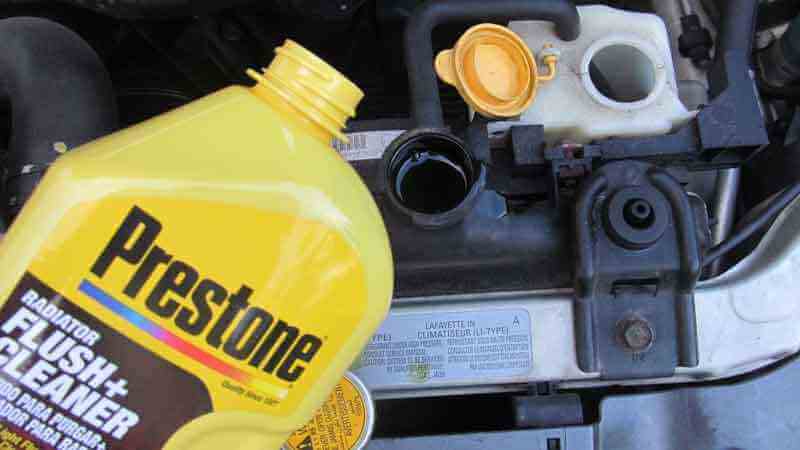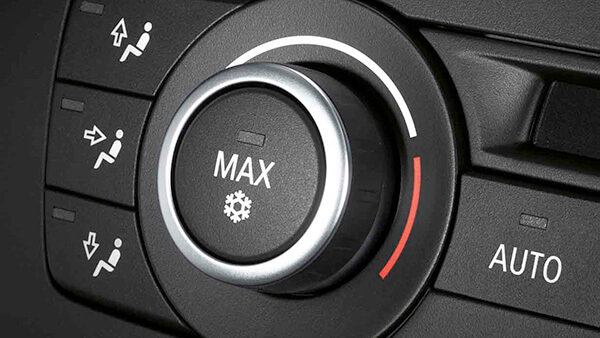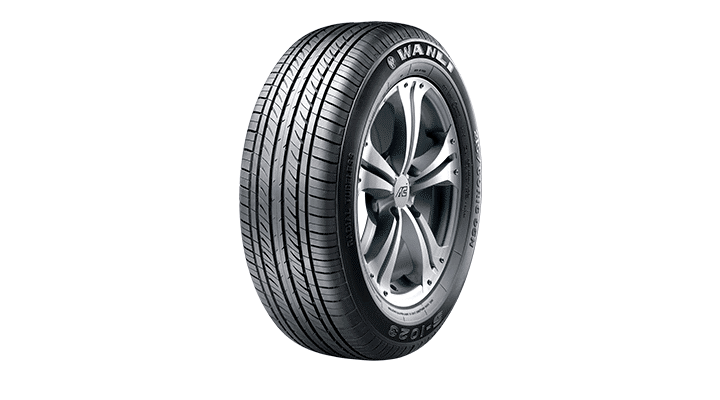We are living in a modern age where technology has greatly changed the way we commute. People can now choose between electric vehicles EVs or the conventional combustion engine cars. If you’re driving a vehicle with an internal combustion engine, then periodically you’ll need to flush the radiator and replace the coolant, which is also called antifreeze.
Adding fresh radiator coolant with the proper 50/50 mix of coolant and distilled water protects your radiator from overheating in hot days and freezing in colder ones. Fortunately, flushing your vehicle’s radiator and changing the coolant is a snap. You can also use the coolant tester to determine the specific gravity of the coolant you already have and determine whether it’s time for a flush and refill.
We know it can be a hustle which is why we will help you out. Walk with us
Radiator Flush Steps
- Open the radiator fill cap, usually on top of the radiator. If your vehicle has a plastic tank or reservoir for coolant, open that cap too.
- Consult the vehicle owner’s manual for the location of the radiator petcock, or drain, and position the container on the ground under that drain, so it’s ready to capture the escaping antifreeze.

- Open the drain, and allow all the coolant to drain into the container until it stops flowing out. Then close the radiator petcock or drain.
- Pour the radiator flush product into the radiator. Fill the radiator with water until it’s about one inch below the radiator neck. Follow the product directions.
- Close the radiator and reservoir caps.
- Run the engine for about 10 minutes with the heater on high after it reaches operating temperature. Then allow the engine and radiator to cool down completely so that they’re cool to the touch. Open the radiator and drain the contents
- After draining the radiator, close the petcock or drain. Refill the system with water and close the radiator. Run the engine again with the heater on high for 10 minutes once the engine has reached operating temperature. Allow the engine to cool again and drain the water.
- Refill the radiator with pre-diluted coolant, ensuring it’s the type specified by your vehicle’s manufacturer. (Use distilled water if you are diluting full strength coolant yourself. Aim for a 50/50 mixture for most climates). Using pre-diluted coolant, as opposed to concentrated or full-strength, is an easy way to ensure your radiator has the proper 50/50 mixture of coolant and water.
Final Check
- Run the engine until the cooling system stops bubbling and the coolant level starts to rise, then put the radiator cap back on the system. If your vehicle is equipped with a coolant bleed screw, use this instead of the radiator cap method
- Recheck the coolant level in the radiator and on the plastic tank where there should be a “full level” indicator. Add more coolant if needed. Close and tighten the radiator cap and reservoir cap. It’s also a great idea to check the coolant level a day or two later.





